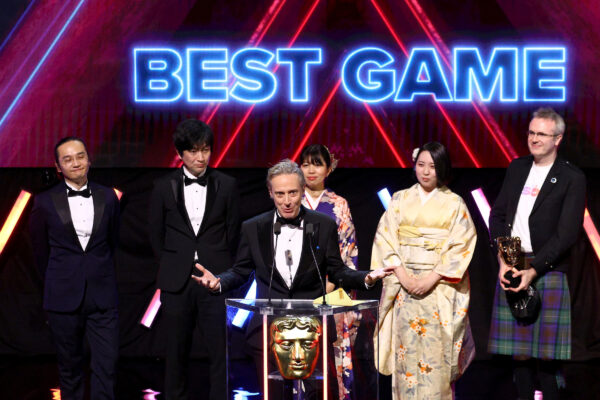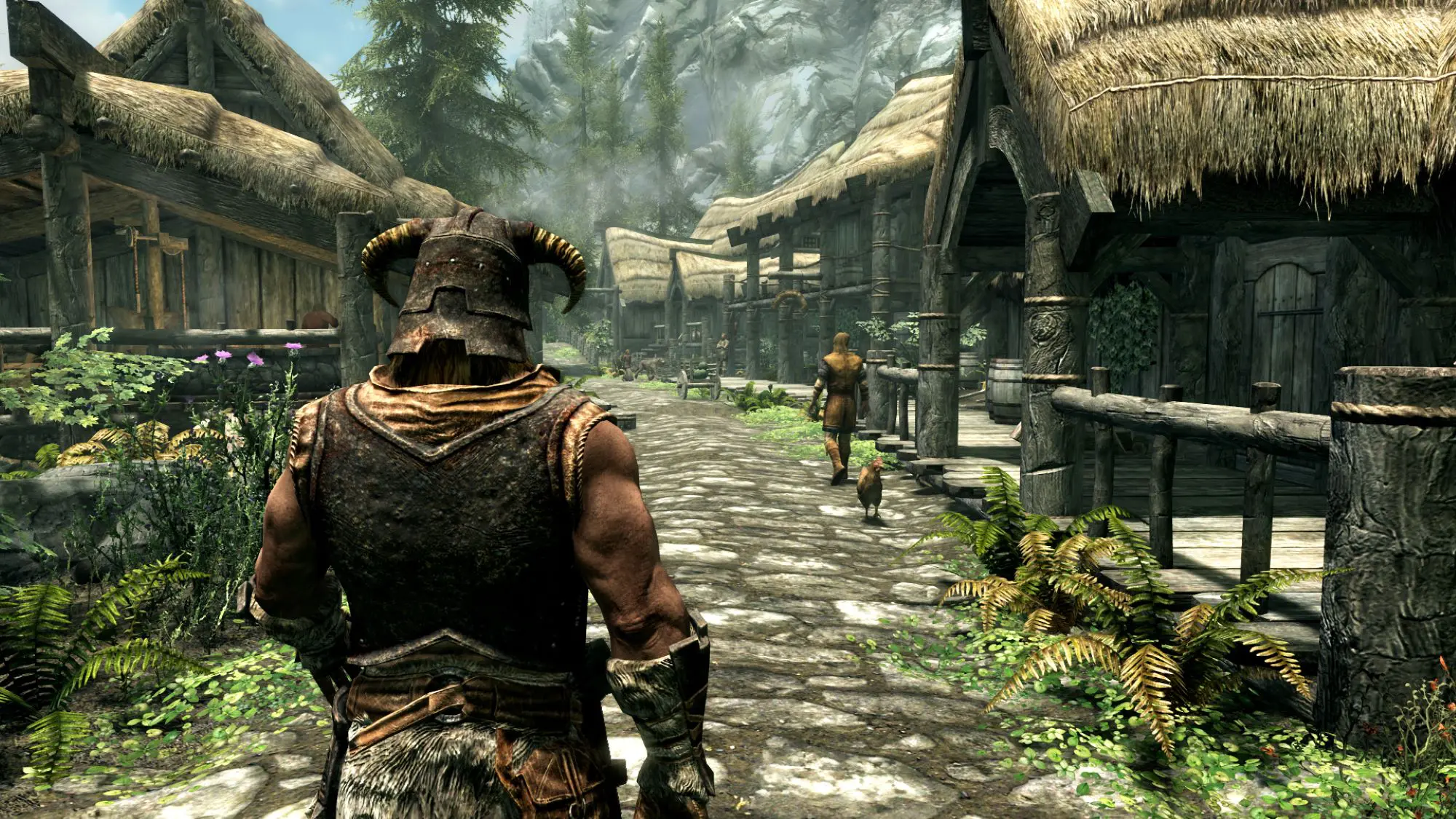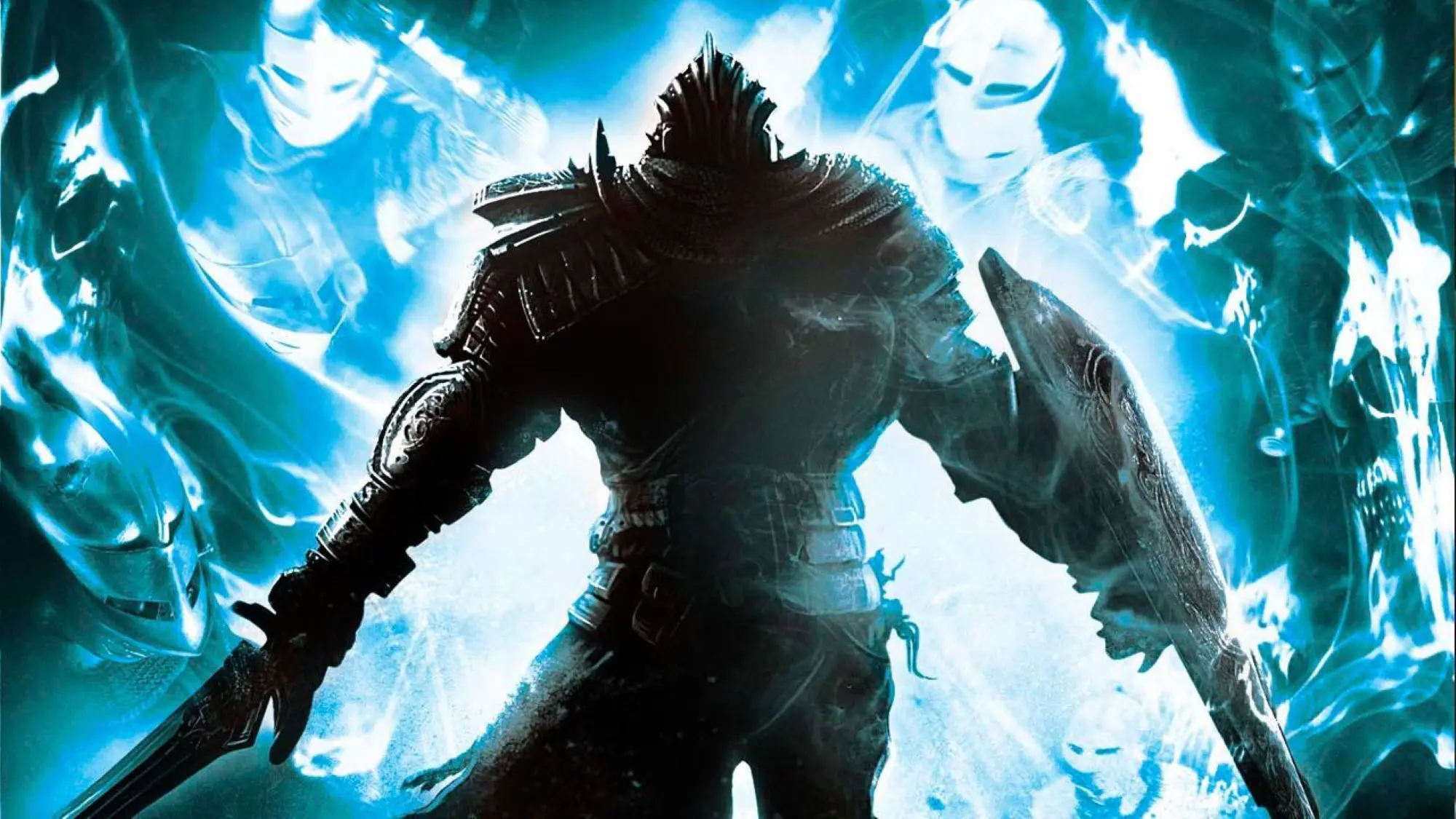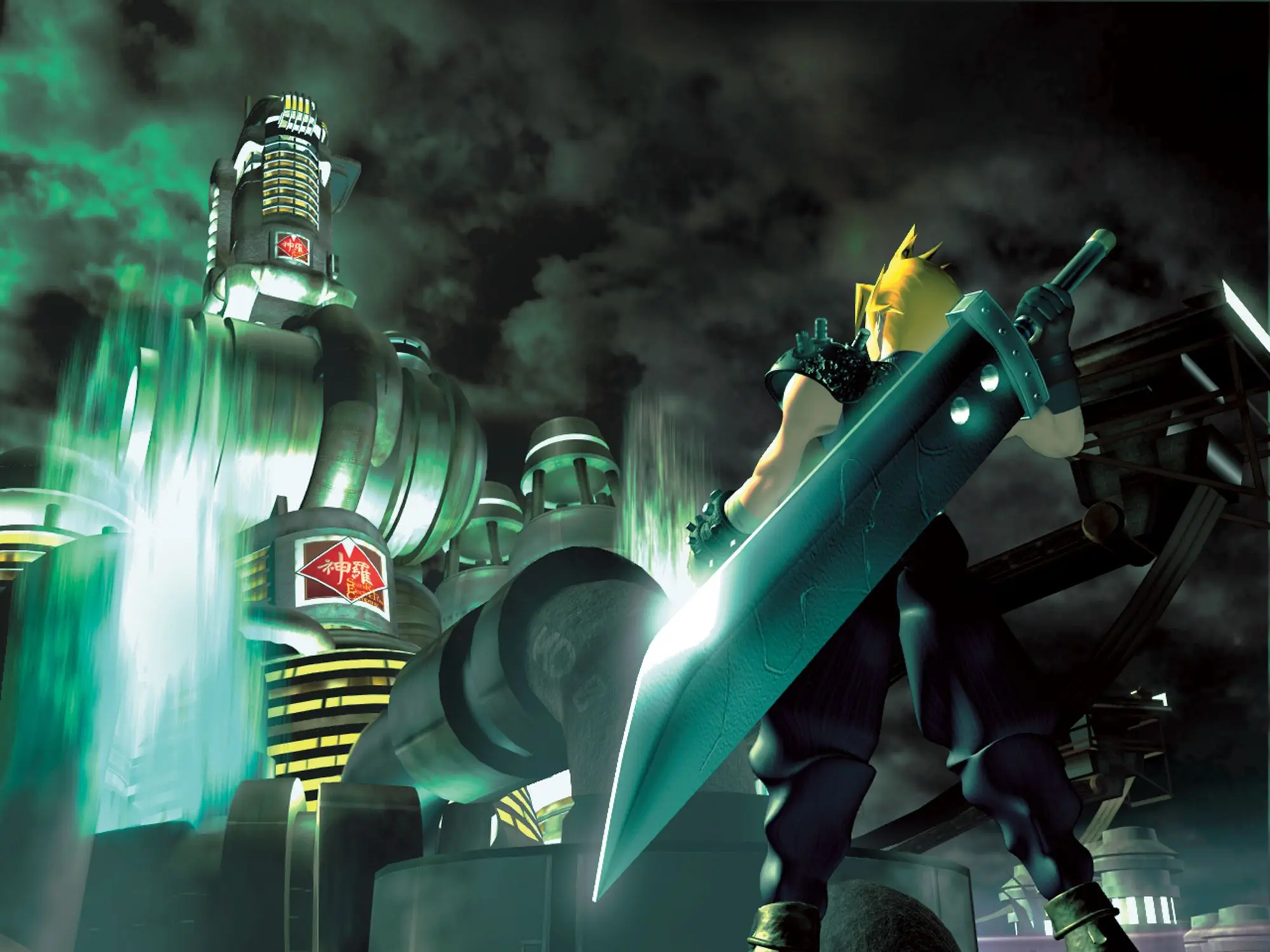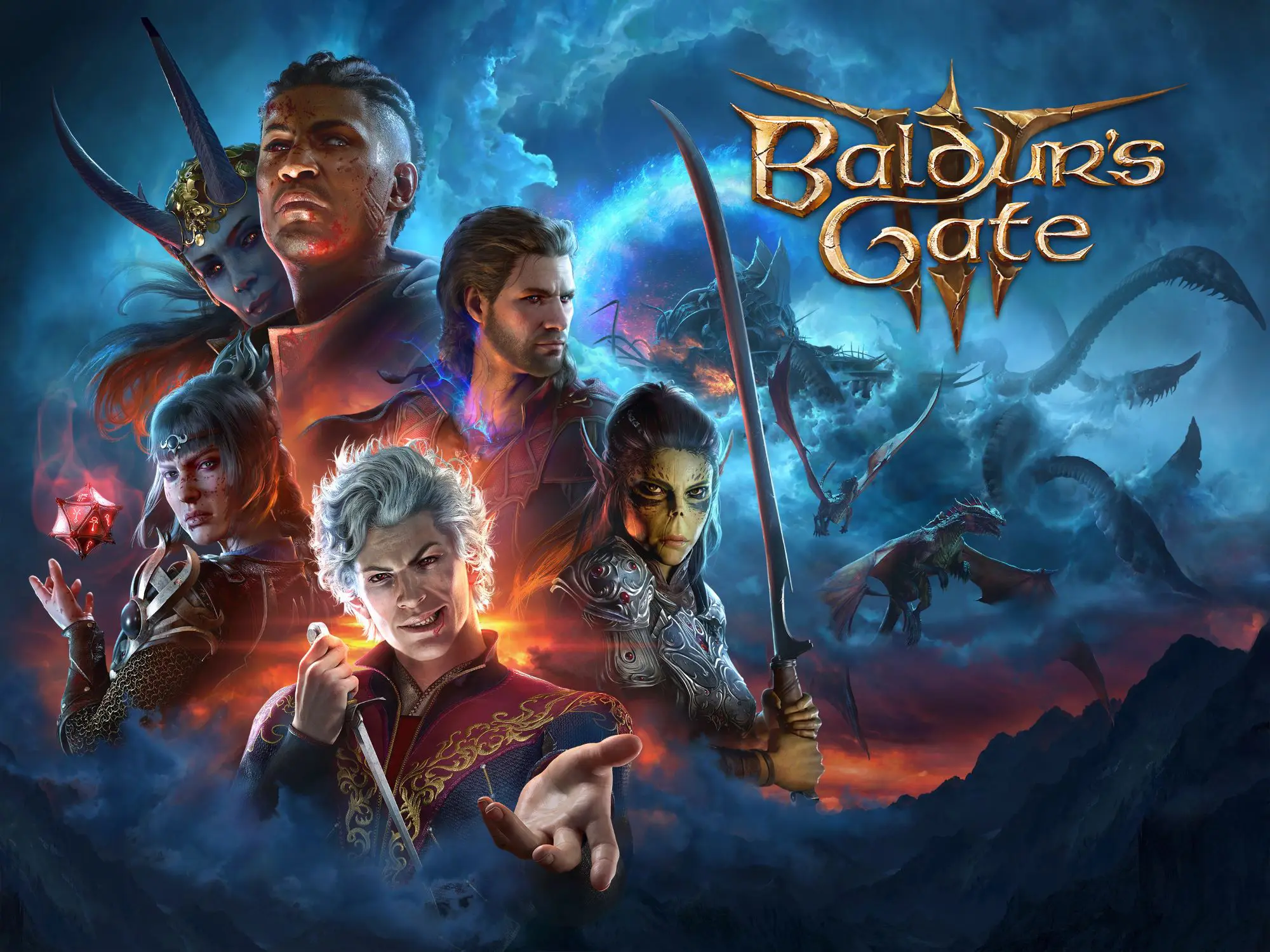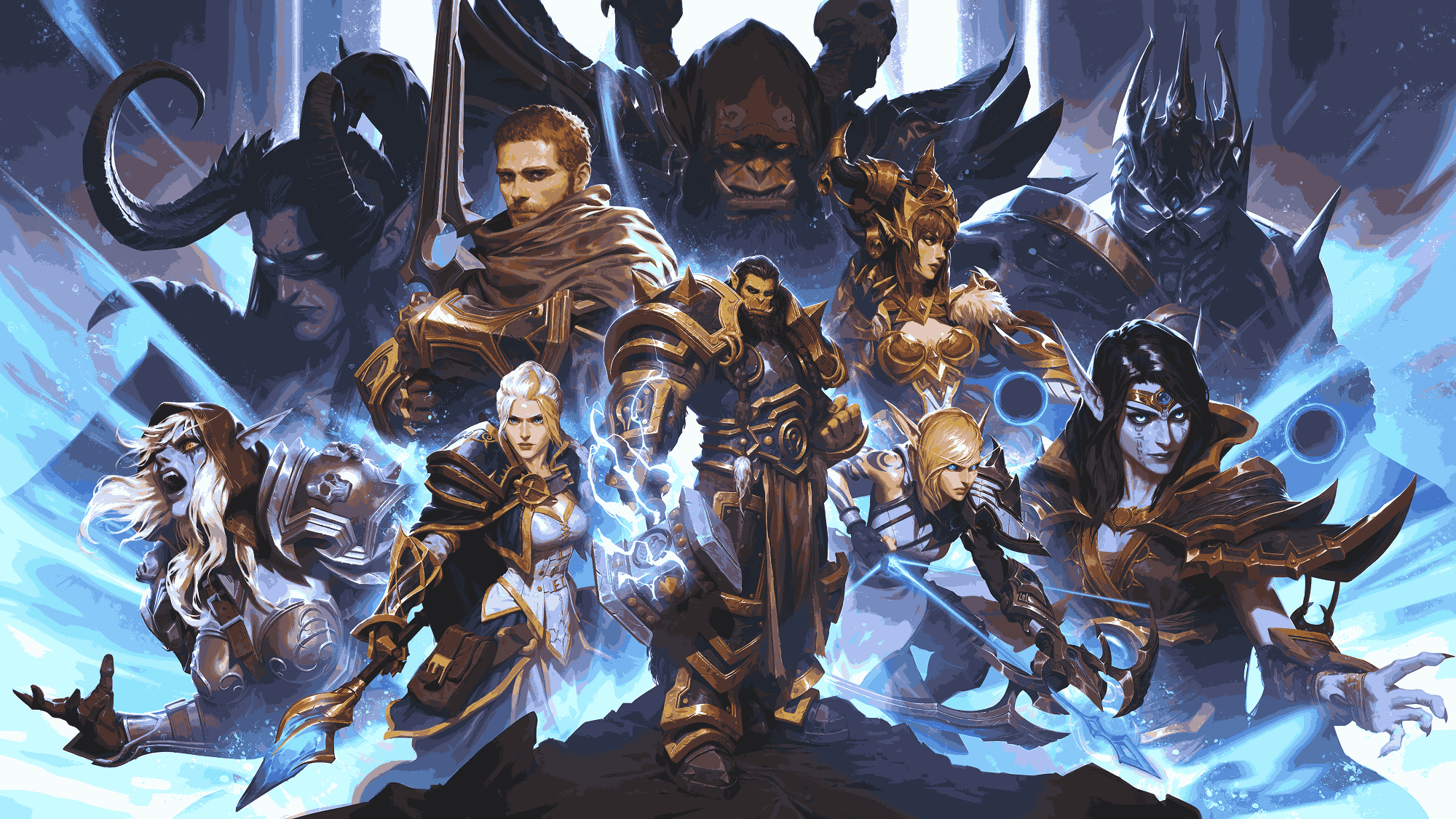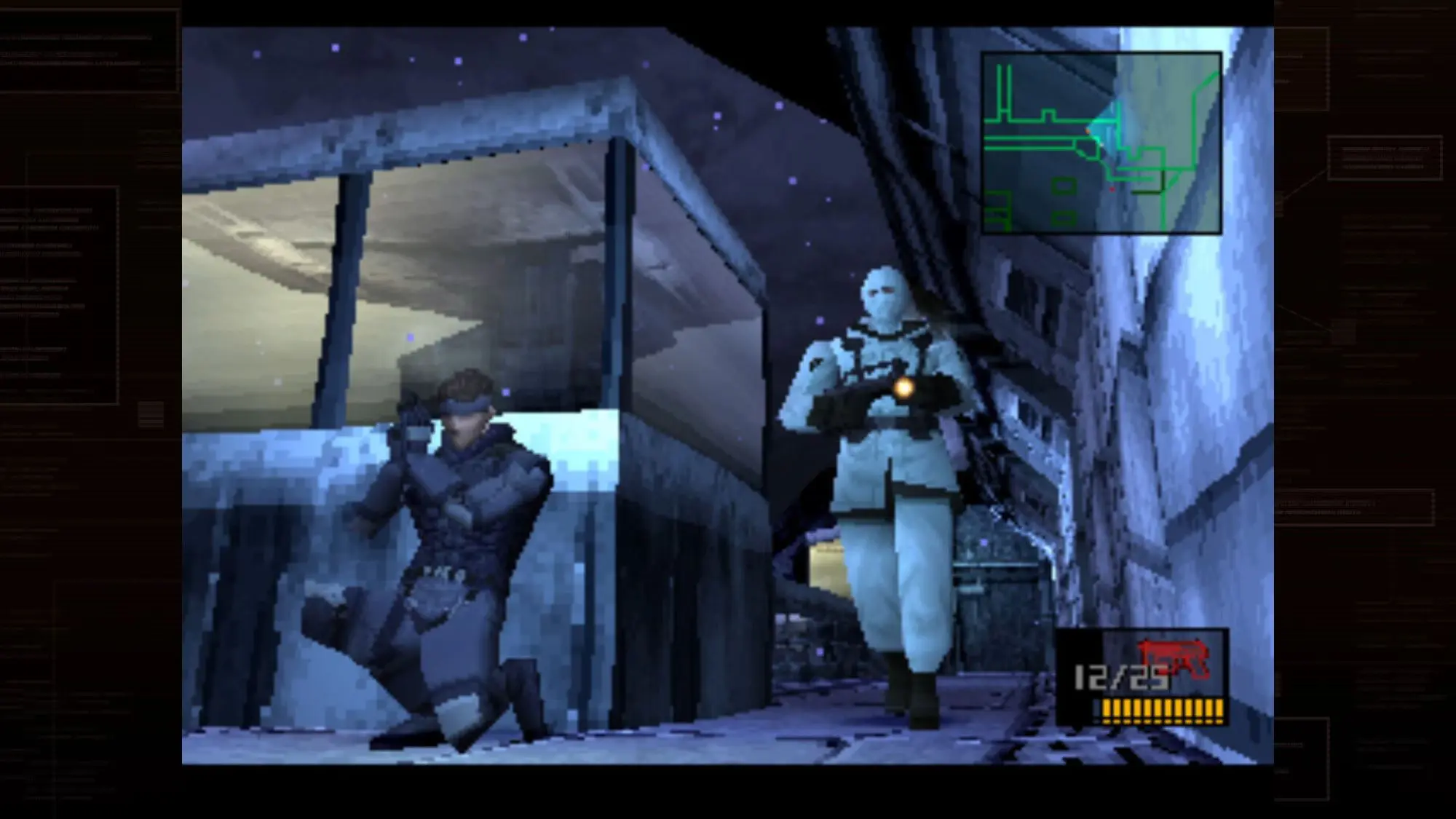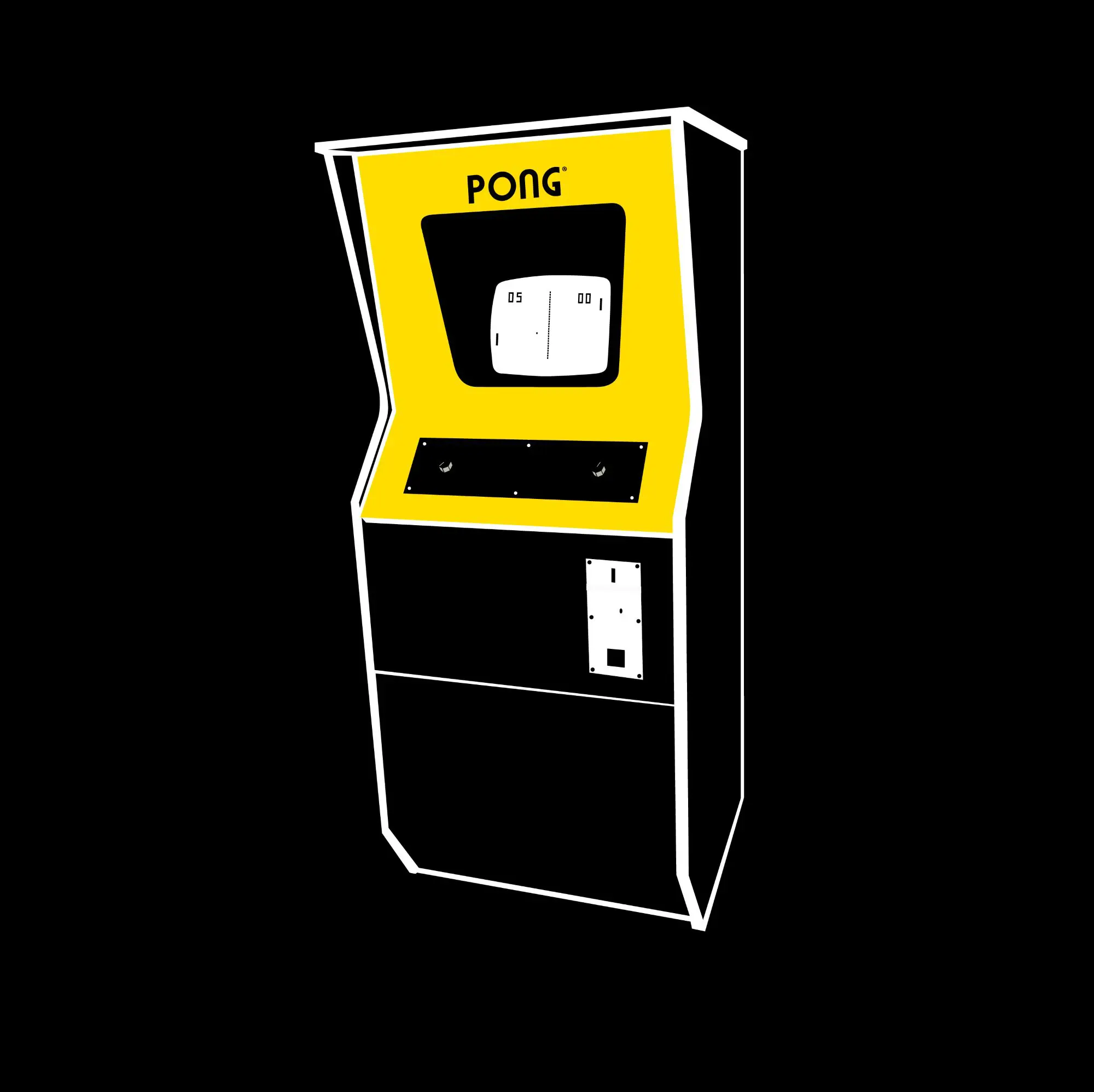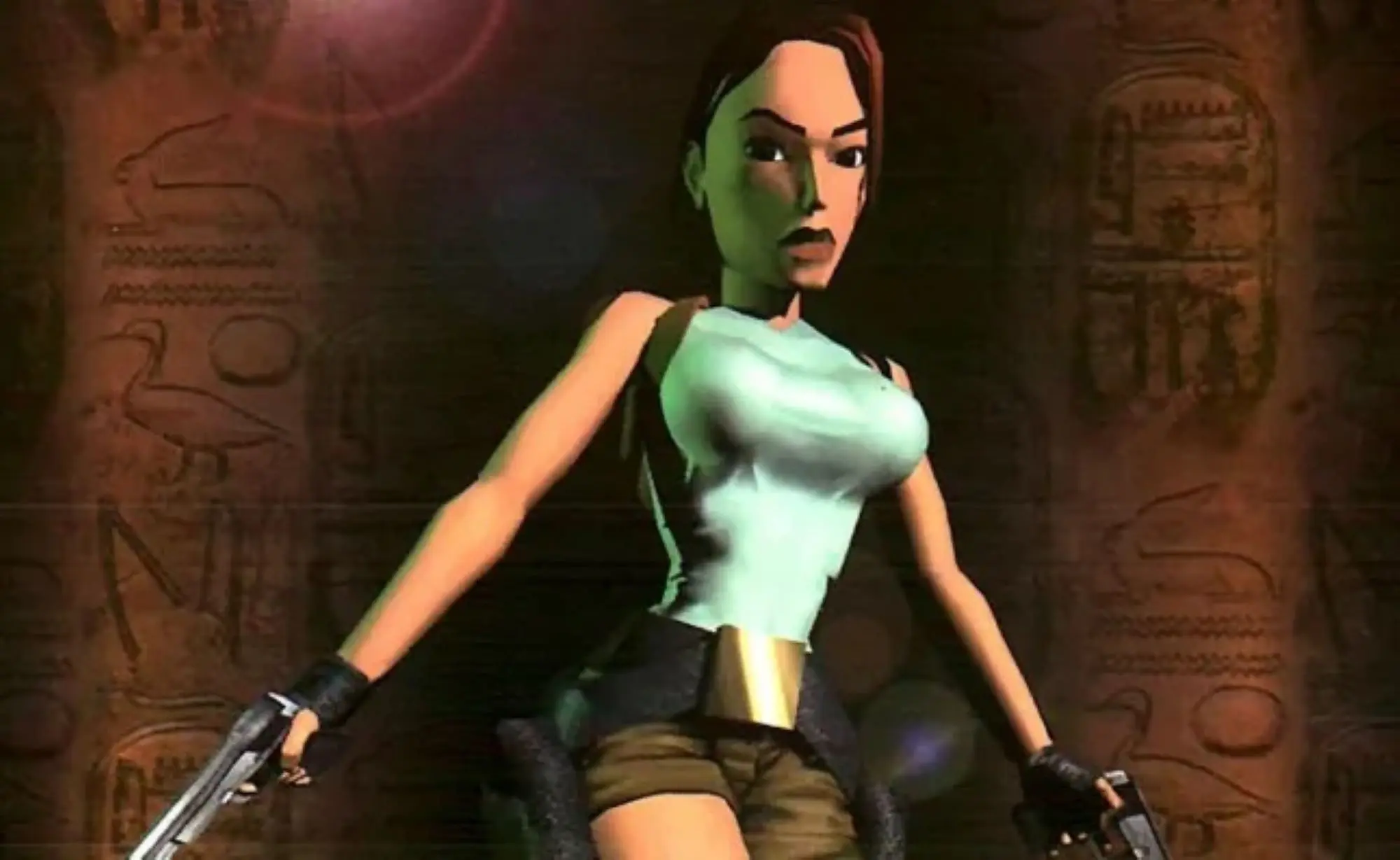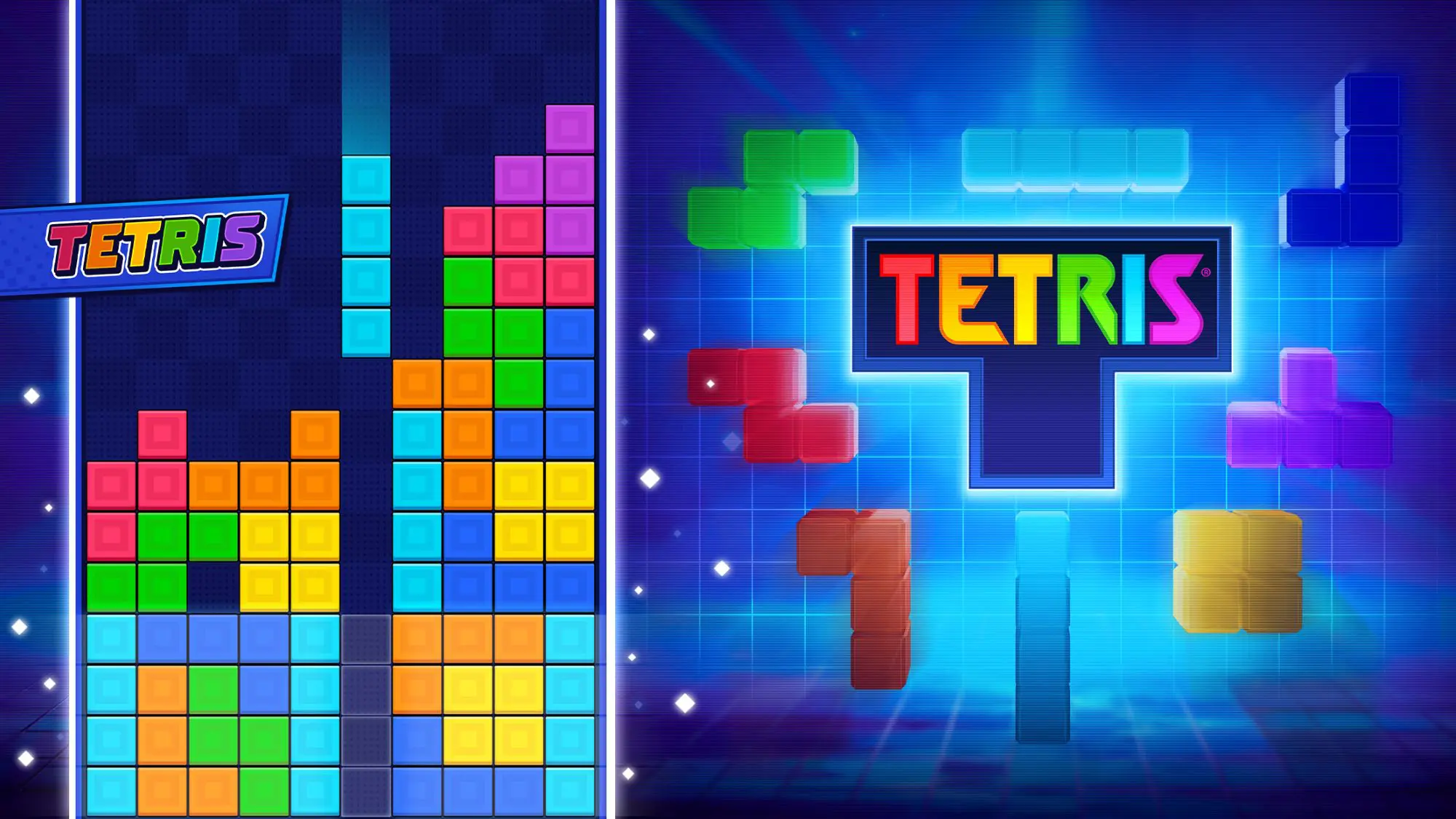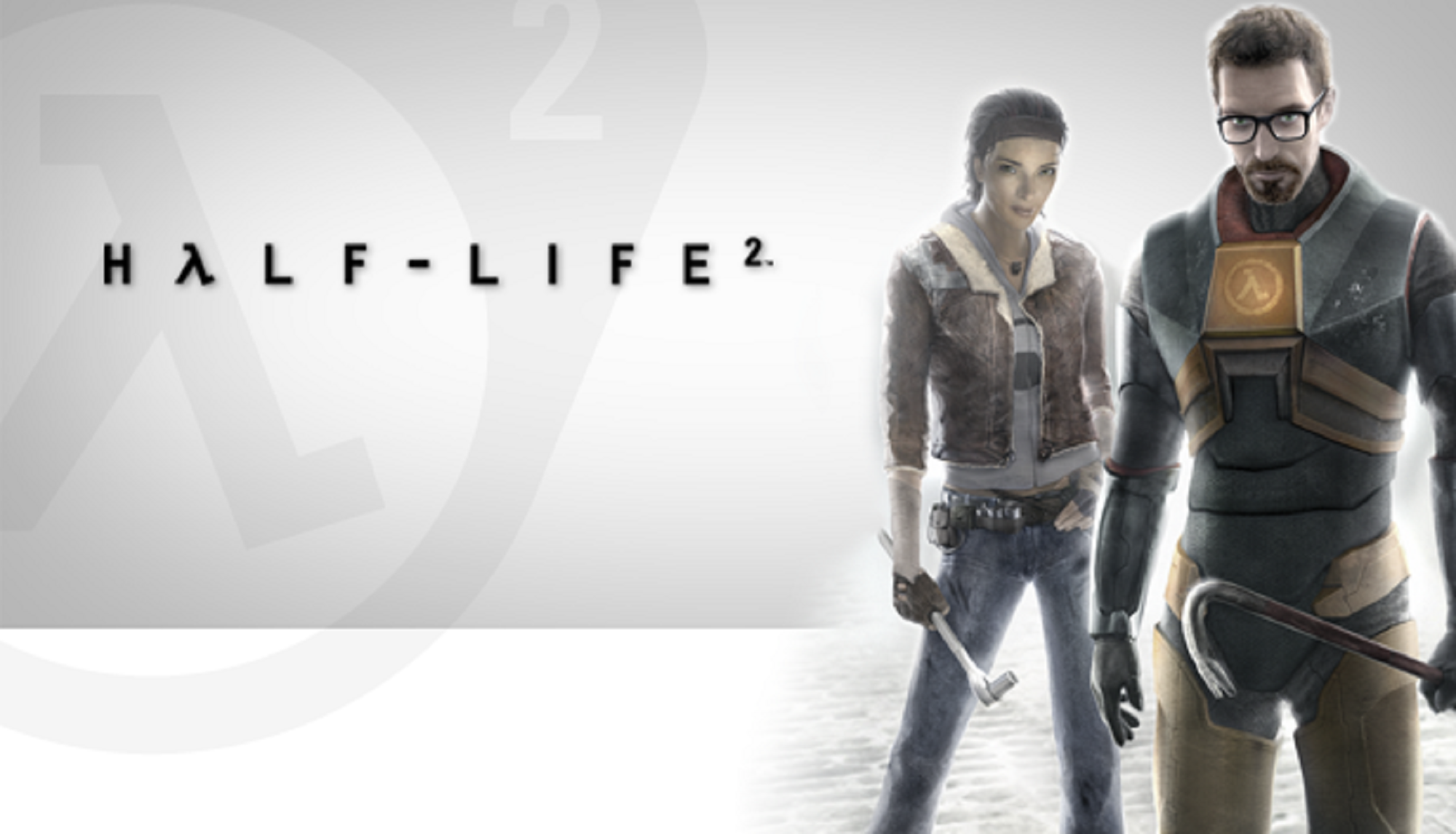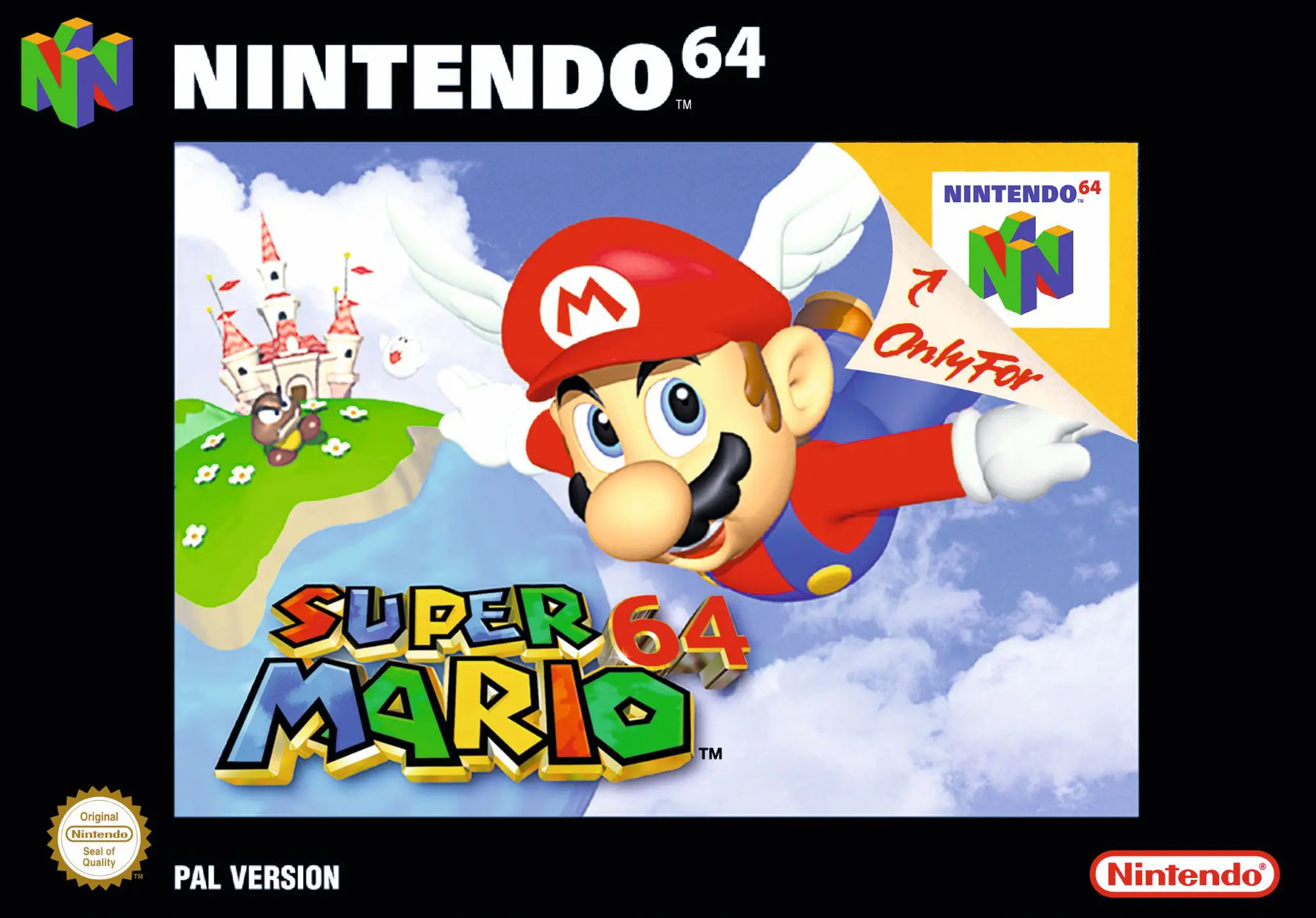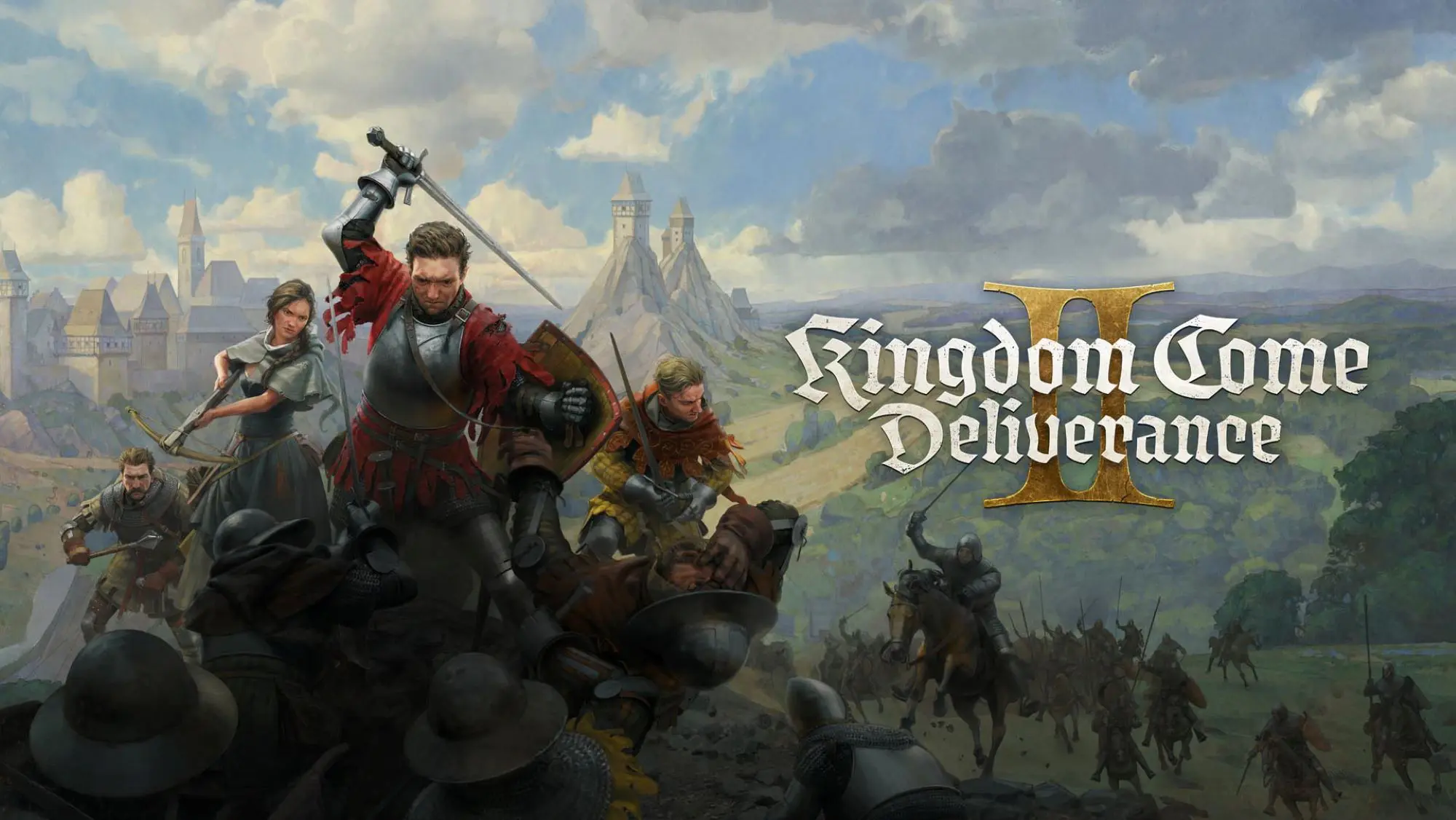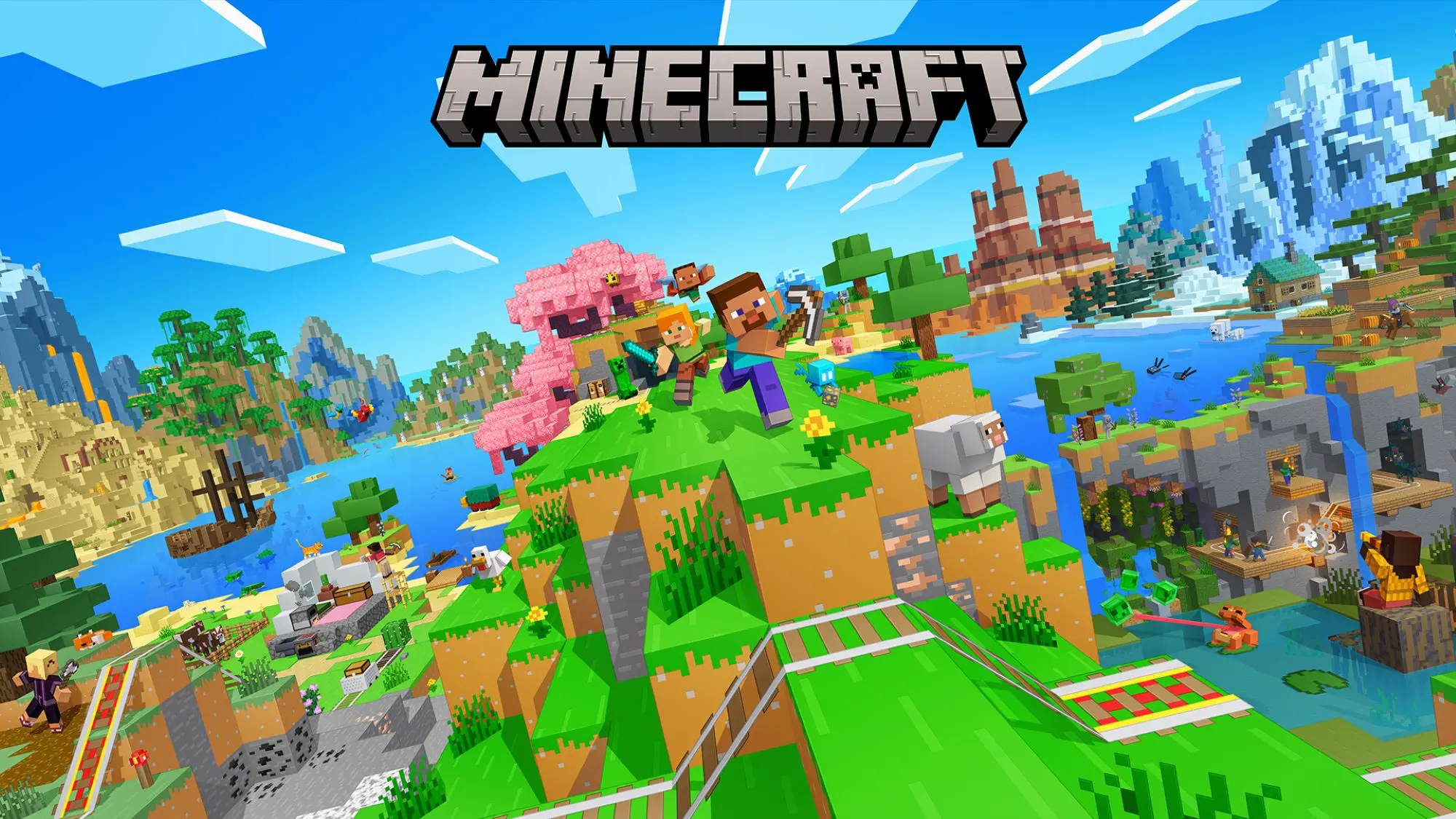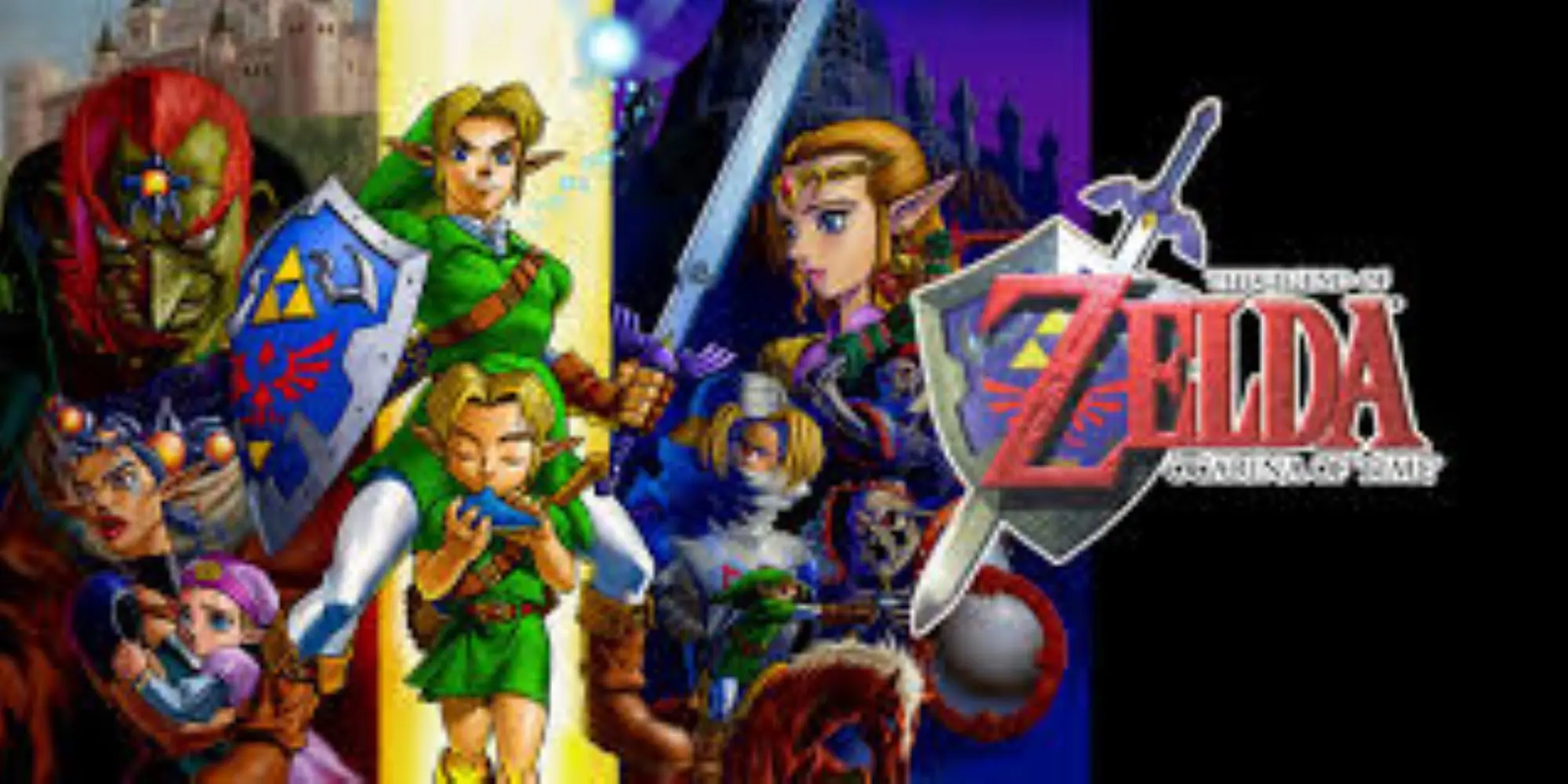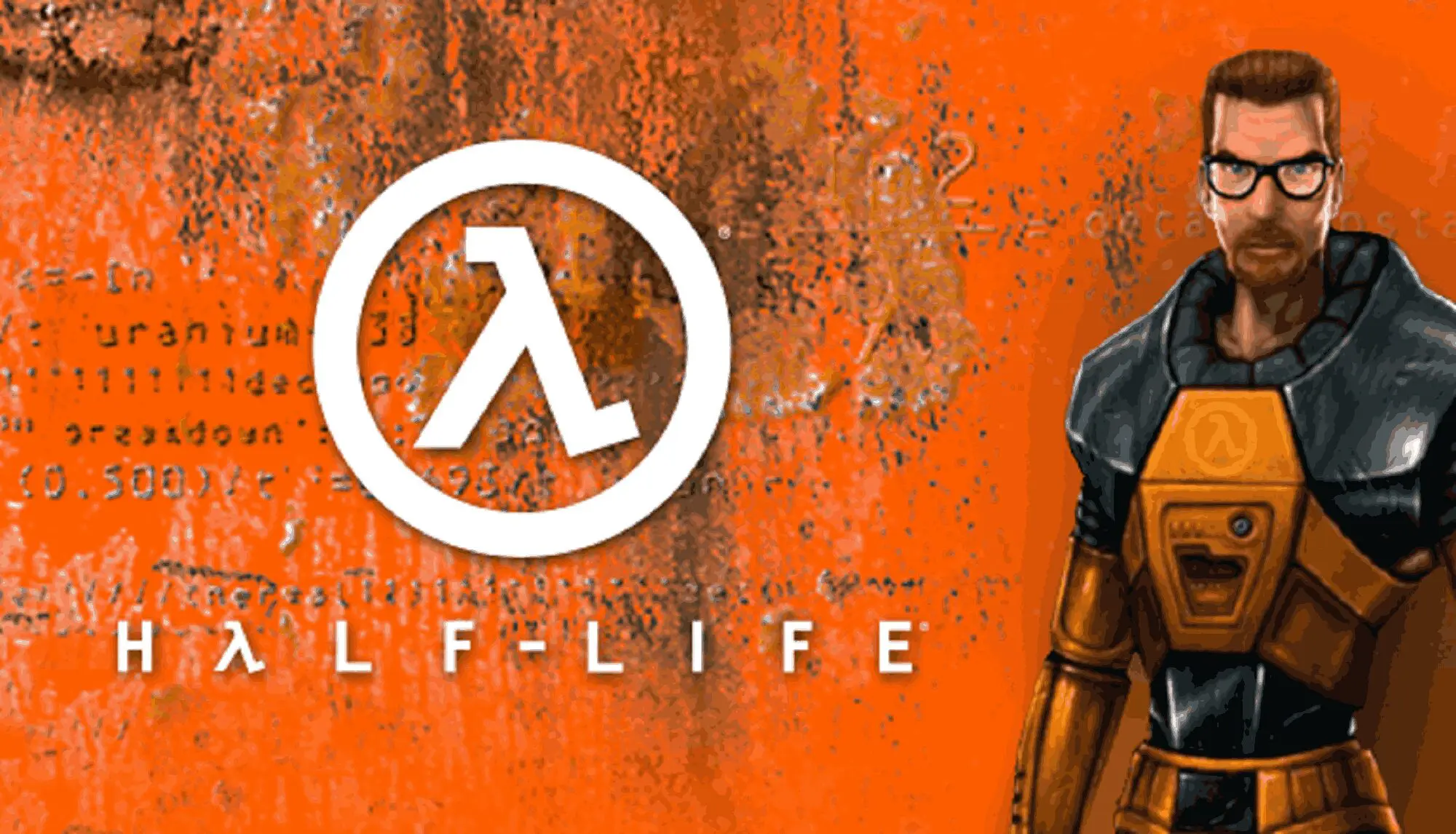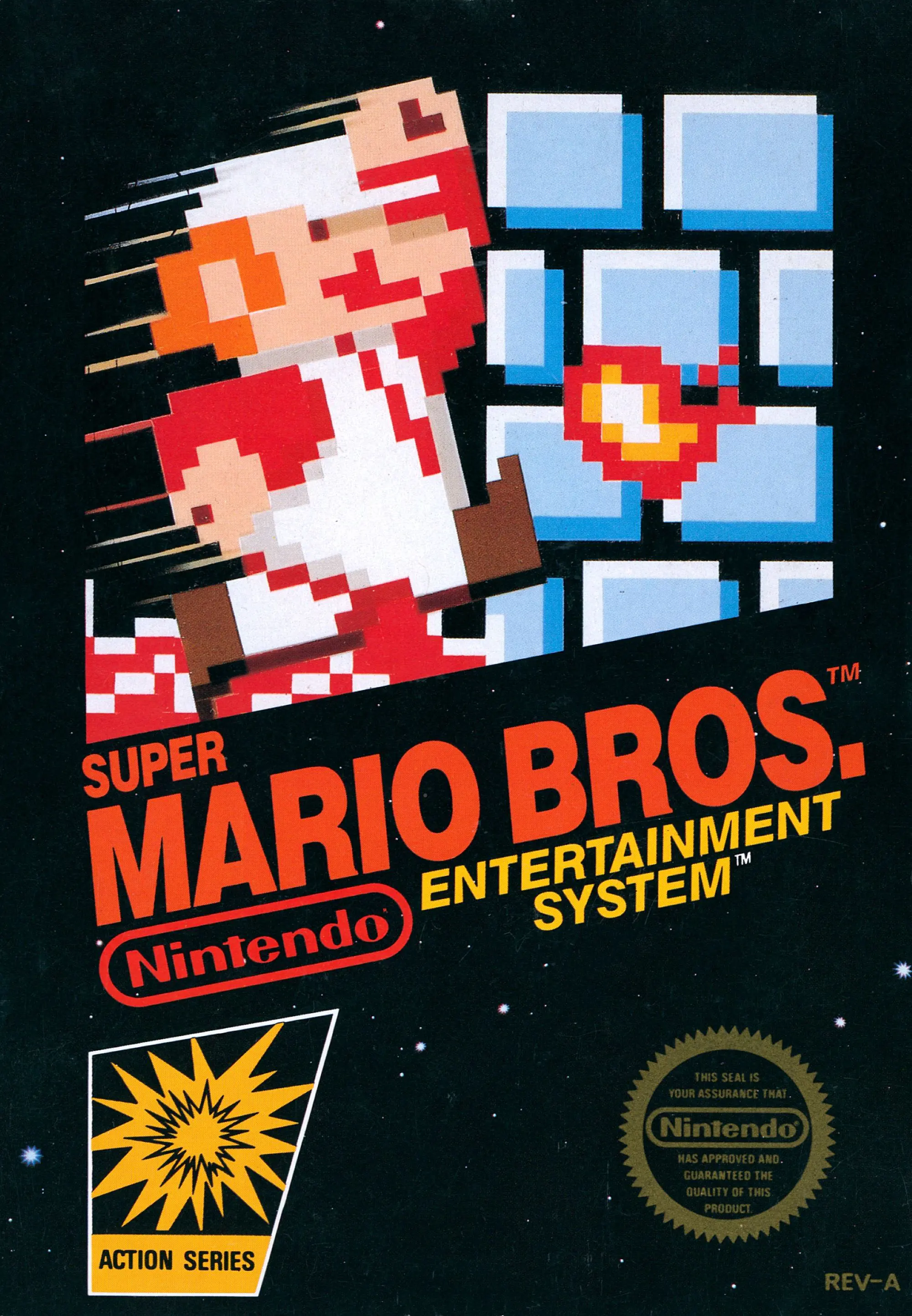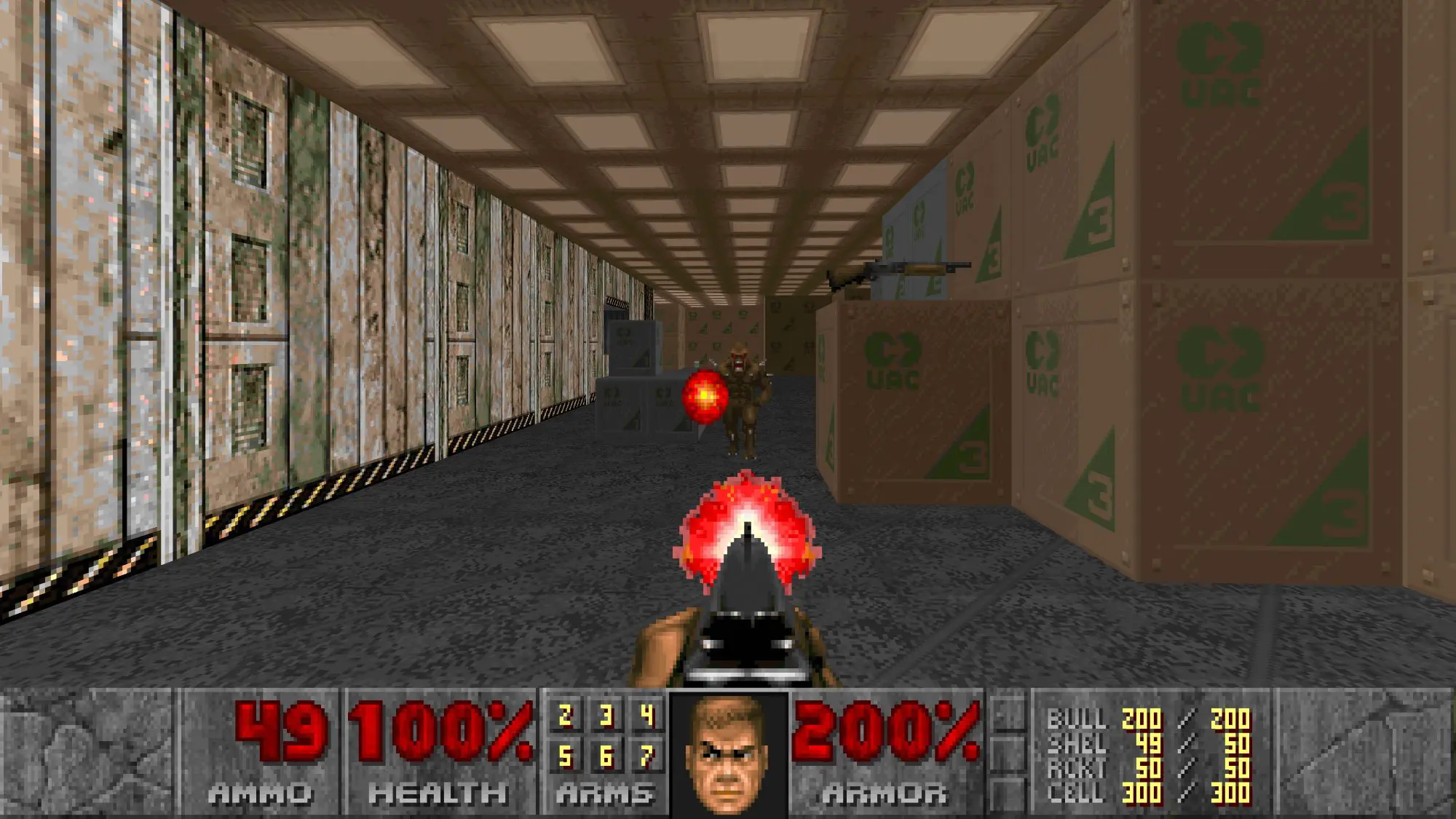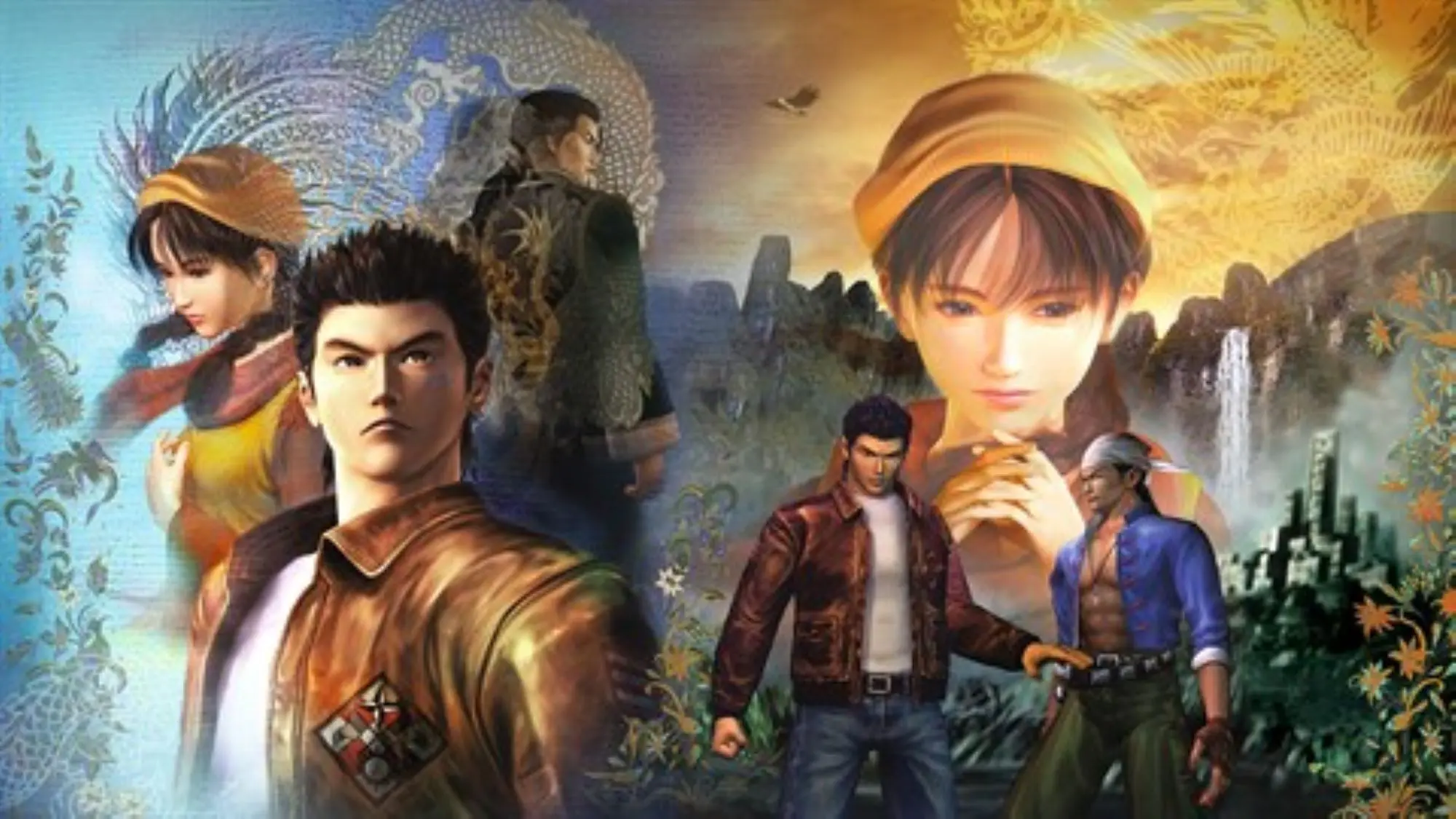Words by Chris Schilling.
Video games’ influence on popular culture has never been more prevalent. Their effect is visible and audible in today’s music, across the world of TV and cinema, and on the catwalk. Even your favourite language-learning and fitness apps feature progression systems and rewards popularised by games. To reflect the medium’s universal impact, ahead of the 21st BAFTA Games Awards, we asked the public a provocative question : what is the most influential video game of all time?
As more than one responder said, it’s unfair to have to choose just one. Do you pick the pioneers that shaped the early days of the medium, the innovators that were ahead of their time, the ones that proved formative to your own creative journey, or simply the ones that made you most emotional? As might be expected, among the extraordinary number of responses we received was a staggering variety of games — ranging from titles that launched the industry to contemporary giants released mere months ago. The top ten alone spans multiple genres, from platformers to shooters, sandbox adventures to simulations.
So, without further ado, here are the public’s top 21: each of which, it’s fair to say, has had a seismic impact on games and those who play them…





